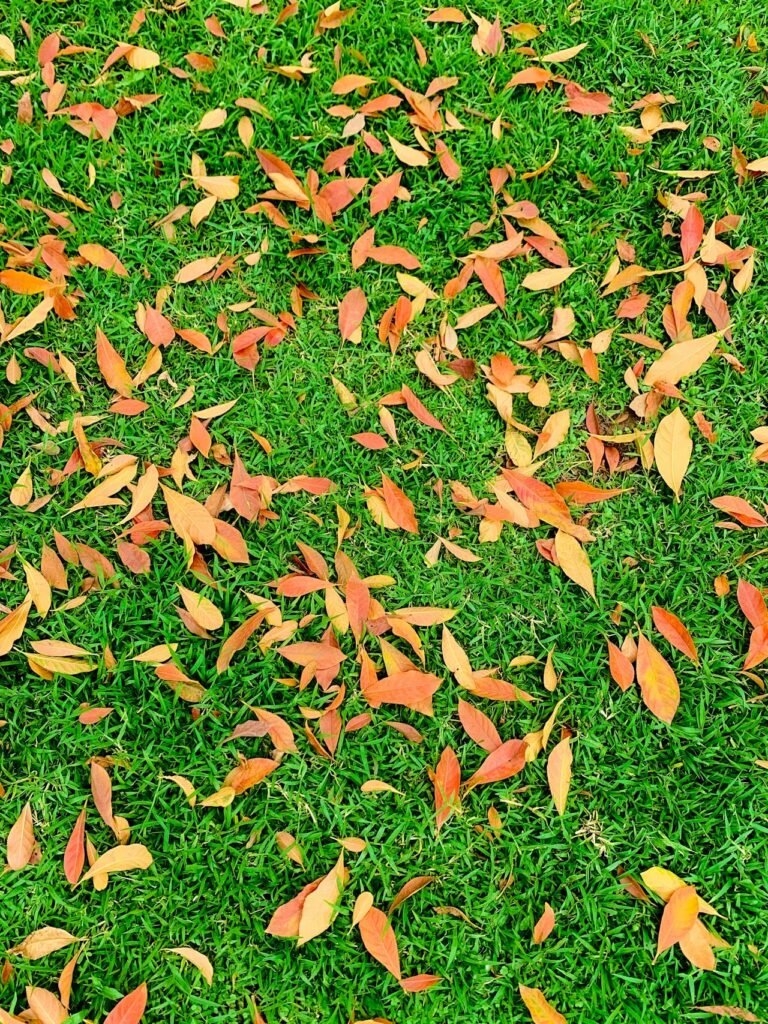How Climate Affects the Growth of Natural Lawn Grass
Natural lawn grass is a staple of residential landscaping and public green spaces around the world. It adds aesthetic appeal, improves air quality, reduces soil erosion, and provides a cooling effect in urban areas. However, the lush, green turf we admire is highly sensitive to environmental conditions—particularly climate. Understanding how different climatic factors influence lawn grass growth is essential for homeowners, landscapers, and gardeners seeking healthy, resilient lawns.
Climate plays a central role in determining the type of grass that can thrive in a particular area. Elements such as temperature, precipitation, humidity, and sunlight directly impact grass health, growth patterns, and maintenance needs. For businesses that specialize in outdoor services—from landscaping companies to cannabis link building services aiming to connect with eco-conscious clients—knowing the intersection between natural growth cycles and regional climate is critical for delivering accurate and relevant information.
The Role of Temperature in Grass Growth
Temperature is arguably the most influential climatic factor when it comes to grass development. Lawn grasses are generally categorized into two types based on their temperature preference:
- Cool-season grasses (e.g., Kentucky bluegrass, fescues, ryegrass) thrive in temperatures ranging from 60°F to 75°F (15°C to 24°C). These grasses are popular in northern climates and grow best in spring and fall.
- Warm-season grasses (e.g., Bermuda grass, zoysia, St. Augustine) prefer temperatures between 80°F and 95°F (27°C to 35°C) and are common in southern regions where summers are longer and hotter.
A mismatch between grass type and regional temperature often leads to poor growth, increased susceptibility to disease, and higher maintenance costs. For instance, planting cool-season grass in a hot, humid region may result in summer dormancy or grass death during heatwaves.
Precipitation and Irrigation Needs
Water availability is another critical component of a healthy lawn. Natural precipitation helps sustain grass growth, but not all regions receive adequate or consistent rainfall throughout the year.
- In humid climates, natural lawn grasses benefit from regular rainfall, reducing the need for supplemental irrigation. However, excessive moisture can lead to fungal diseases like brown patch or dollar spot.
- In arid or drought-prone areas, irrigation becomes necessary to maintain healthy grass. Drought-resistant grass varieties such as buffalo grass or Bermuda grass are often recommended in these regions.
Maintaining the correct balance of moisture is essential, as both overwatering and underwatering can be detrimental to root development and overall turf health.
Sunlight Exposure
Grass, like any green plant, requires sunlight for photosynthesis—the process that fuels its growth. However, the amount and intensity of sunlight a lawn receives can differ dramatically depending on climate and geography.
- Full-sun grasses require 6–8 hours of direct sunlight daily. Bermuda grass and zoysia are examples that thrive under these conditions.
- Shade-tolerant grasses, such as fine fescues, can survive with limited sunlight, making them ideal for lawns with partial or full shade due to tree cover or building shadows.
In regions with shorter daylight hours or frequent cloud cover, grass growth may slow or become uneven, especially if the wrong variety is planted.

Humidity and Air Circulation
Humidity levels can influence both the health of your lawn and its susceptibility to pests and diseases.
- High humidity, common in tropical and coastal regions, creates a favorable environment for fungal growth and pest infestations. Proper mowing, aeration, and fungicide application may be necessary.
- Low humidity can lead to dehydration, increased evapotranspiration, and turf discoloration. In such climates, watering early in the morning and using mulch to retain soil moisture are effective strategies.
Adequate air circulation is also important in high-humidity areas, as stagnant air increases the risk of disease.
Seasonal Variations and Dormancy Cycles
Seasonal shifts have a natural impact on grass growth, causing it to flourish or go dormant depending on the variety and location. Cool-season grasses grow vigorously in spring and fall, while warm-season grasses peak in the summer.
During extreme cold or heat, most grass types enter a dormant phase, where growth slows or stops altogether. While dormancy is a survival mechanism, it can be mistaken for dead grass. Understanding these seasonal patterns can help property owners avoid unnecessary interventions like reseeding or fertilizing during the off-season.
Choosing the Right Grass for Your Climate
To maintain a thriving natural lawn, selecting the right grass variety for your regional climate is crucial. Here are some tips:
- Know your USDA Hardiness Zone: This helps determine which grass varieties are most compatible with your area’s temperature range.
- Consider soil type and drainage: Some grasses do better in sandy soils, while others prefer loamy or clay-rich substrates.
- Evaluate sun and shade levels: Choose grass that matches your lawn’s light exposure.
- Account for local rainfall and irrigation options: Make sure your water management practices are compatible with your grass type.
Consulting local extension offices or turfgrass specialists can provide additional insights tailored to your region.
Climate Change and Its Long-Term Impact
Climate change is altering traditional weather patterns, creating new challenges for lawn care. Shifts in temperature extremes, rainfall distribution, and the frequency of extreme weather events (e.g., droughts, floods) are making lawn maintenance more unpredictable.
This may lead to:
- Changes in the viability of traditional grass types.
- Increased pest and disease pressure.
- A greater need for sustainable landscaping practices, such as xeriscaping or the use of native grasses.
In response, many professionals are adopting more eco-friendly, climate-resilient approaches to lawn management, including reduced chemical use, improved soil health strategies, and smarter irrigation systems.
Conclusion
Climate has a profound and multifaceted impact on the growth and sustainability of natural lawn grass. From temperature and precipitation to sunlight and humidity, each factor must be considered when selecting and maintaining turf. As climate variability continues to challenge traditional gardening practices, knowledge-driven decisions will be key to keeping our green spaces healthy, attractive, and environmentally responsible.
Whether you’re a homeowner tending a backyard or a business tapping into related markets—like those involved in cannabis link building services—understanding the link between climate and grass growth is not just beneficial; it’s essential.
Last Updated on 4 months ago by Anjali Mehra Ph.D. in Horticulture (Punjab Agricultural University)
- How to Keep Your Gurgaon Lawn Green During Winters - November 15, 2025
- Fast-Growing Grass Types for Farms and Villas in Punjab - November 13, 2025
- Bermuda Grass vs Selection No.1 Grass — Gurgaon Buyers’ Guide - November 10, 2025
